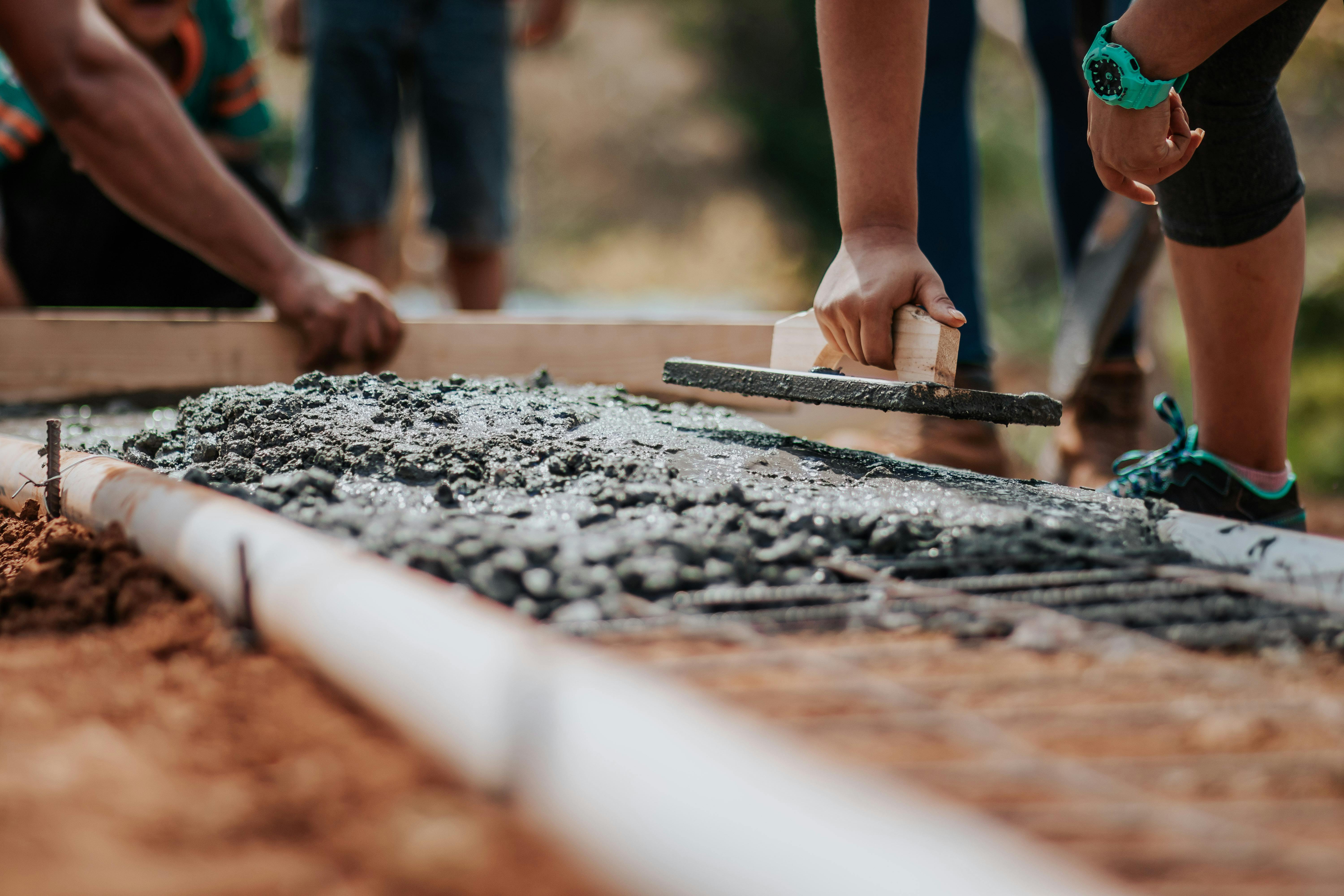Why You Should Invest in Espresso Coffee Machines?
by Ania KerekesWell! Who does not love coffee? Without a single cup of coffee, people are unable to …

by AI generated article - Chat GPT5
Luxury Vinyl Tile, or LVT, has steadily climbed the ranks in home and commercial flooring options, becoming a favorite for those who want a stylish look without the fuss of high-maintenance materials. At its core, LVT is designed to mimic natural flooring materials like wood, stone, or ceramic tile, but it does so with an impressive degree of realism. Thanks to advances in printing and texturing technology, some LVT products are nearly indistinguishable from the real thing until you get down on your hands and knees. The appeal is obvious: you get the aesthetic charm of natural materials with the added benefits of resilience, easy care, and often a more wallet-friendly price tag.
One of the key features that makes LVT stand out is its layered construction. A typical plank or tile has several layers: a backing layer for stability, a core layer for strength, a high-definition printed design layer, and a protective wear layer that guards against scratches, dents, and spills. This wear layer is where much of the performance difference lies between budget and premium options—thicker wear layers tend to mean better durability and a longer lifespan. What’s less often mentioned is that the wear layer can also affect how the floor feels underfoot; some higher-end LVT options incorporate additional cushioning that can make standing for long periods more comfortable.
Water resistance is another major selling point, and for good reason. Many LVT products are fully waterproof, which makes them an excellent choice for kitchens, bathrooms, laundry rooms, and even basements where moisture is a concern. This is a crucial distinction from traditional hardwood, which can warp or swell if exposed to water. However, not all LVT is created equal—some are “water-resistant” rather than “waterproof,” meaning they can handle spills but might not fare well with prolonged exposure to standing water. That’s why checking the manufacturer’s specifications is always wise before installation.
When it comes to installation, LVT offers versatility. Some varieties are glued down, making them extremely stable, while others use a click-lock system that allows for floating installation. The latter can be a big plus for DIY enthusiasts, as it doesn’t require adhesive and can often be installed right over existing floors. A little-known tip is that floating LVT can also be easier to replace in sections—if one plank gets damaged, you might not have to redo the entire floor.
Maintenance is refreshingly simple. Regular sweeping and occasional mopping with a manufacturer-approved cleaner is usually enough to keep LVT looking new. There’s no need for waxing, sealing, or refinishing—something that can’t be said for hardwood or natural stone. Still, while LVT is resistant to many forms of wear, it’s not completely immune. Sharp objects can puncture it, heavy furniture without protective pads can cause dents, and excessive direct sunlight can lead to fading over time. Using blinds or rugs in sun-heavy areas can help preserve the color.
One of the often-overlooked advantages of LVT is comfort and sound absorption. Compared to tile or hardwood, it tends to be warmer underfoot and can reduce the hollow echo that hard floors sometimes produce. Some LVT products even come with built-in underlayment for added insulation and sound dampening—something worth considering if you live in an apartment or multi-story home.
Environmental impact is another point worth touching on. While LVT is a synthetic product, many manufacturers are now focusing on eco-friendlier production methods, such as using recycled content and low-VOC adhesives. Still, disposal at the end of its life can be tricky, as vinyl is not biodegradable and not all recycling centers accept it. Choosing a high-quality LVT that will last many years is a way to balance the sustainability question.
In short, LVT flooring offers a compelling mix of style, durability, and practicality that suits a wide range of spaces. It’s one of those products where knowing the details—like the thickness of the wear layer, the type of installation, and the true level of water protection—can make the difference between a floor you like and a floor you love. Whether you’re renovating a single room or outfitting an entire home, it’s worth taking a closer look at what LVT can offer beyond its good looks.
If you’d like, I can also prepare a quick comparison chart between LVT and other flooring types so you can see exactly where it excels and where it might fall short. That could make choosing even easier.
Photo by Rodolfo Quirós: https://www.pexels.com/photo/selective-focus-photography-cement-2219024/